The 10 Thinnest Countries In The World

- Vietnam is the thinnest country in the world.
- Most of the thinnest countries in the world are developing countries with high rates of poverty and hunger.
- Some developing countries simply cannot produce enough food to feed their populations.
- Japan and South Korea are the only two developed countries on the list of the 10 thinnest countries in the world.
Generally speaking, obesity is a phenomenon found mostly in developed countries. In contrast, the thinnest countries in the world are mostly developing countries, in which many struggle to put food on the table. There are countries, however, that are developed, yet their people are among the thinnest in the world. These are countries in which diet and lifestyle contribute to a population that is thinner than those of most other developed countries. Introducing the 10 thinnest countries in the world by % of population that is obese:
- Vietnam - 2.1%
- Bangladesh - 3.6%
- Timor-Leste (East Timor) - 3.8%
- India - 3.9%
- Cambodia - 3.9%
- Nepal - 4.1%
- Japan - 4.3%
- Ethiopia - 4.5%
- South Korea - 4.7%
- Eritrea - 5%
1. Vietnam - 2.1%

Vietnam is a country where just 2.1% of the population is considered obese. So why are the Vietnamese so thin? Like any developing country, Vietnam struggles with a high incidence of poverty. According to the United Nations, nearly 10% of the Vietnamese population lives in poverty, so it is no surprise that many Vietnamese struggle to get enough to eat. But poverty is not the only thing keeping Vietnamese people thin. The Vietnamese diet, which consists mainly of rice, vegetables, and fish, also keeps obesity at bay. In addition, Vietnamese culture stresses a balanced life, which includes an appropriate balance of the right food.
2. Bangladesh - 3.6%
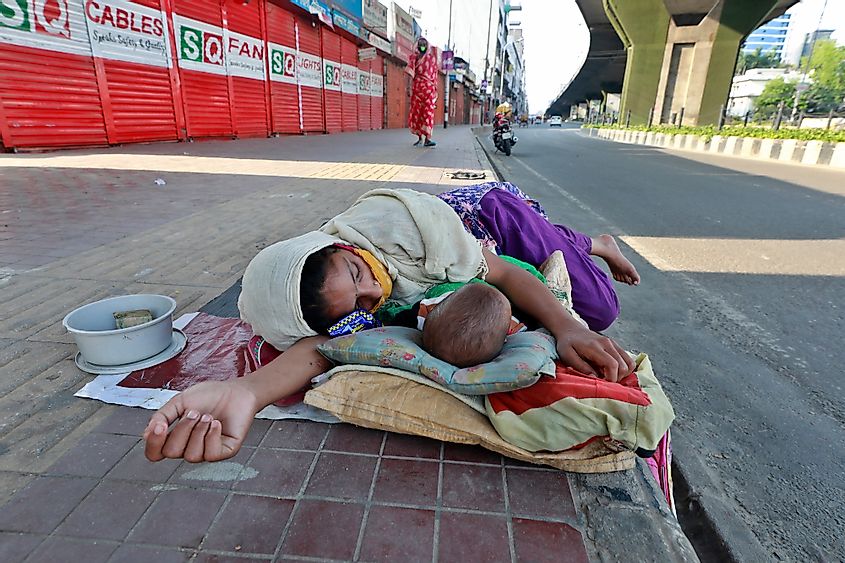
Bangladesh is the second thinnest country in the world, with an obesity rate of only 3.6%. The main, unfortunate reason that Bangladeshis are so thin is poverty, leading to hunger and malnutrition. According to the UN World Food Programme (WFP), 40% of Bangladesh’s population is food insecure. Children in particular are particularly hard-hit by hunger, to the point where many of them suffer from stunted growth. In fact, the WFP estimates that stunting affects 36% of Bangladeshi children under the age of 5.
3. Timor-Leste (East Timor) - 3.8%
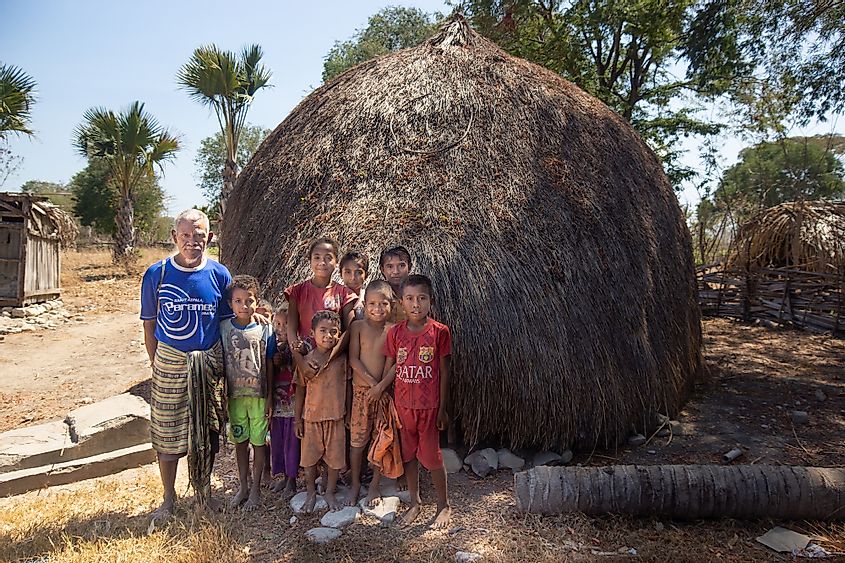
Timor-Leste, known as East Timor in English, has an obesity rate of just 3.8%. It is another country where hunger is a serious problem. In fact, East Timor has the second highest hunger index according to 2020’s Global Hunger Index. One reason for East Timor’s food insecurity is the failure of East Timorese to produce enough food domestically, which is exacerbated by the effects of climate change.
4. India - 3.9%
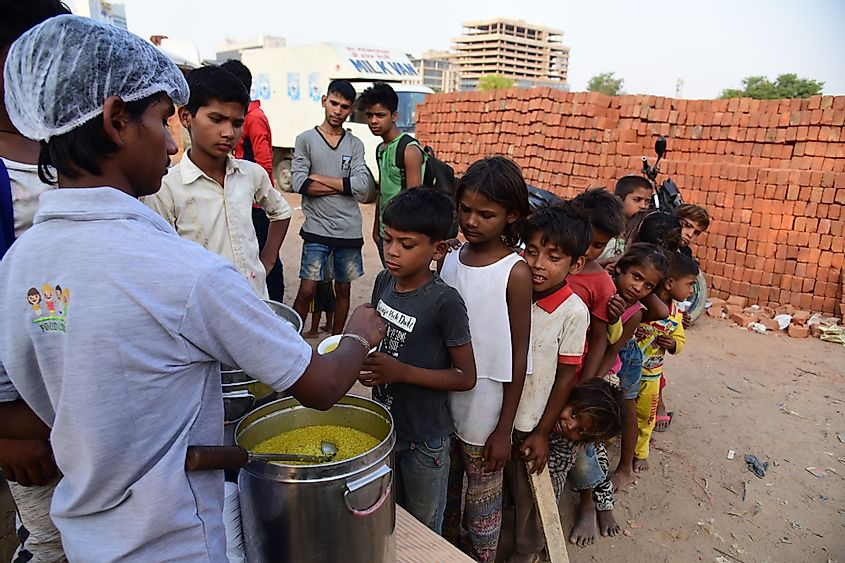
Only 3.9% of the Indian population is obese. Unlike East Timor, India produces enough food domestically to feed its population. Nevertheless, a large number of Indians still lack adequate access to food. According to the UN’s Food and Agricultural Organization (FAO), 189.2 million people in India were undernourished in 2020. Food waste is cited as one of the leading causes of hunger in India, with 40% of vegetables and 30% of cereals not getting to consumers and being lost.
4. Cambodia - 3.9%

Cambodia has the same obesity rate as India, 3.9%. The country simply cannot feed its population. Natural resources have been depleted by armed conflict. Agriculture and food production is also harmed by frequent natural disasters in the country. Seasonal shortages are common in Cambodia. In fact, two thirds of households in the country suffer from seasonal shortages every year. Around 40% of Cambodian children are chronically malnourished, which often leads to stunted growth.
6. Nepal - 4.1%

Just 4.1% of people in Nepal are obese. Nepal is one of the poorest countries in Asia. As of 2019, 39% of Nepal’s population lived in poverty, and 8% lived in extreme poverty. Like other poor countries, Nepal’s agricultural productivity is simply too low to feed the country’s people. The situation, however, has improved over the last 20 years. Whereas Nepal’s Global Hunger Index score was 37.4 in 2000, it went down to 19.5 as of 2020.
7. Japan - 4.3%

Unlike most of the world’s 10 thinnest countries, Japan is not a poor or developing country. Quite the contrary. It is one of the richest and most advanced countries in the world. So then, how come only 4.3% of Japanese people are obese? Much of Japan’s low obesity rate has to do with diet. The Japanese do not eat food that is high in saturated fat, salt, or sugar content. They also largely refrain from processed foods like the kind you would find at McDonald’s. How the Japanese eat also makes a difference. They generally eat in smaller portions and do not snack often between meals. The importance proper nutrition is instilled in the minds of Japanese children in elementary school so that they will grow up to be healthy adults. The Japanese have also managed to integrate a good amount of exercise into their daily routines.
8. Ethiopia - 4.5%
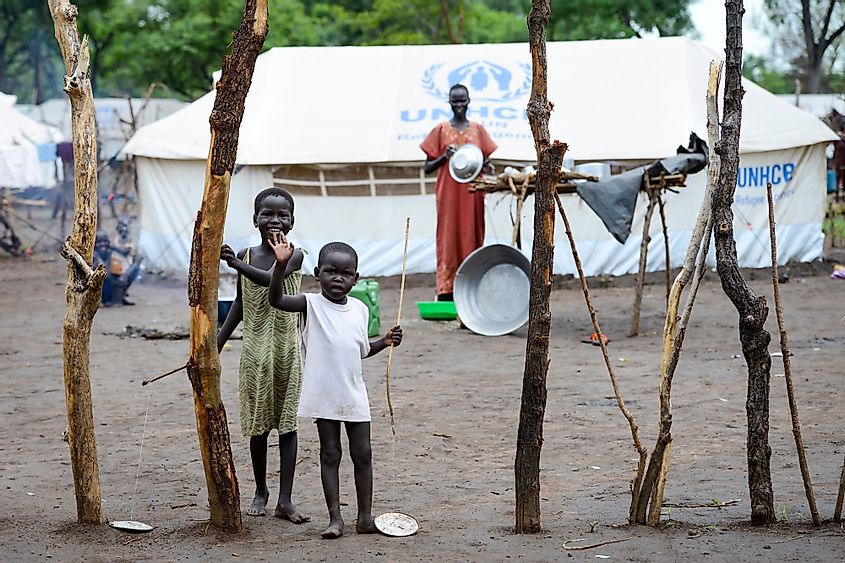
Ethiopia has gained a notorious reputation for being stricken with famine and starvation over the last few decades. Only 4.5% of Ethiopians are considered obese in a country where nearly 8 million people are food insecure. Most of the country’s population relies on agriculture that is heavily dependent on rainfall, which is often scarce. Indeed, Ethiopia has gone through a series of recent droughts, the effects of which are exacerbated by other natural disasters, armed conflict, and extreme poverty.
9. South Korea - 4.7%
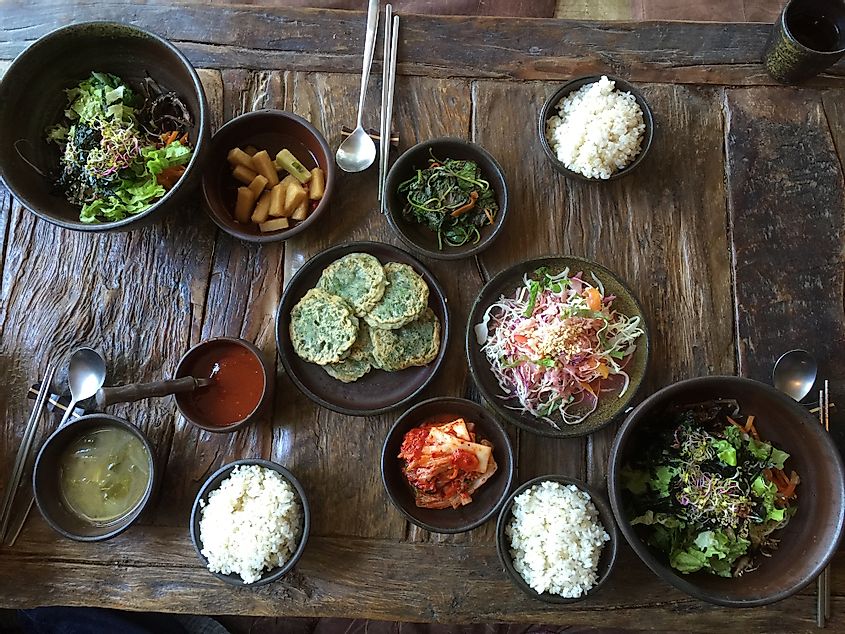
Like Japan, South Korea is a developed country. Just 4.7% of South Koreans are obese. As in Japan, the South Korean diet does not include very fatty or processed foods. Instead, South Koreans consume a lot of vegetables and seafood. Like the Japanese, they also eat smaller portions and integrate exercise into their daily routines.
10. Eritrea - 5%
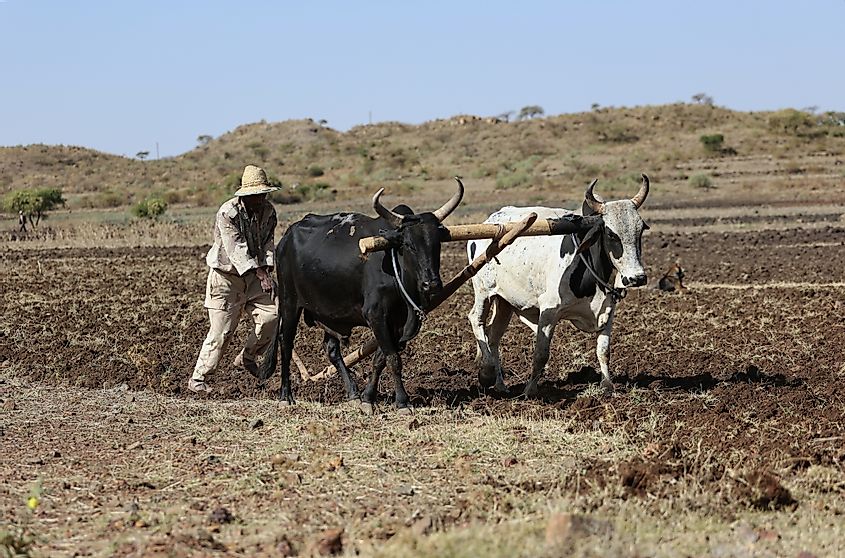
The East African country of Eritrea is another country beset by hunger. It is no surprise, then, that only 5% of the country’s population is obese. Currently, the country can only provide food for a third of its population. The other two thirds must rely on foreign aid, which is especially problematic in a country whose government does not maintain good relations with aid organizations, even expelling them at times. In fact, the Eritrean government has repeatedly denied the existence of any food crisis in the country.
Obesity As An Indication Of Progress?
It is no accident that most of the world’s thinnest countries are countries in which food is scarce or simply unaffordable. Hence, you would not expect to find a very obese population in a country that cannot even provide the most basic diet to its average citizens. The irony is that the prevalence of obesity can be a positive sign in terms of a country’s development status, even if it is unhealthy. Still, the low obesity rates in Japan and South Korea clearly demonstrate that a developed country with an advanced economy can also be a thin country.
The 20 Thinnest Countries In The World
| Rank | Country | % Of Population That Is Obese |
|---|---|---|
| 1 | Vietnam | 2.1 |
| 2 | Bangladesh | 3.6 |
| 3 | Timor-Leste | 3.8 |
| 4 | India | 3.9 |
| 4 | Cambodia | 3.9 |
| 6 | Nepal | 4.1 |
| 7 | Japan | 4.3 |
| 8 | Ethiopia | 4.5 |
| 9 | South Korea | 4.7 |
| 10 | Eritrea | 5 |
| 11 | Sri Lanka | 5.2 |
| 12 | Uganda | 5.3 |
| 13 | Madagascar | 5.3 |
| 14 | Laos | 5.3 |
| 15 | Burundi | 5.4 |
| 16 | Niger | 5.5 |
| 17 | Afghanistan | 5.5 |
| 18 | Burkina Faso | 5.6 |
| 19 | Rwanda | 5.8 |
| 20 | Malawi | 5.8 |







